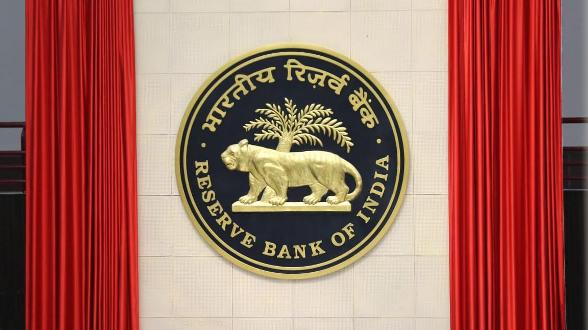Ways And Means Advances UPSC | What Are WMA And its Limits – The Reserve Bank of India (RBI) gives temporary loan facilities to the central and state governments. This loan facility is called Ways and Means Advances (WMA).

The Reserve Bank of India (RBI) decided to continue with the existing interim Ways and Means Advances (WMA) scheme limit of ₹51,560 crore for all States/ UTs shall for six months i.e., up to September 30, given the prevalence of COVID-19.
Significance of this move:
- The increased limit comes at a time when government expenditure is expected to rise as it battles the fallout of a spreading Coronavirus. The availability of these funds will government some room to undertake short term expenditure over and above its long term market borrowings.
Ways And Means Advances UPSC | What Are WMA And its Limits
Full Details Provided Below . National Hydrogen Energy Mission UPSC | Features | Objective | Analysis
When was Ways and Means Advances introduced?
- The Ways and Means Advances scheme was introduced in 1997.
Purpose of the WMA scheme
- The Ways and Means Advances scheme was introduced to meet mismatches in the receipts and payments of the government.
How does it work?
- The government can avail of immediate cash from the RBI, if required.
- But it has to return the amount within 90 days. Interest is charged at the existing repo rate.
If the WMA exceeds 90 days, it would be treated as an overdraft (interest rate on overdrafts is 2 percentage points more than the repo rate).
What is WMA limit?
- The limits for Ways and Means Advances are decided by the government and RBI mutually and revised periodically.
- For the second half of the 2019-20 financial year, RBI set Rs 35,000 crore as limit for Ways and Means Advances.
Types of WMA
- There are two types of Ways and Means Advances — normal and special.
- Special WMA or Special Drawing Facility is provided against the collateral of the government securities held by the state. After the state has exhausted the limit of SDF, it gets normal WMA. The interest rate for SDF is one percentage point less than the repo rate.
- The number of loans under normal WMA is based on a three-year average of actual revenue and capital expenditure of the state.
Background: Ways And Means Advances UPSC
- The WMA scheme for the Central Government was introduced on April 1, 1997, after putting an end to the four-decade old system of adhoc (temporary) Treasury Bills to finance the Central Government deficit.
Q1 – RBI provides Ways and Means Advances (WMA) to __:
|
Q2- Consider the following statements regarding Ways and Means Advances (WMA).
Which of the above statements is/are correct?
|
Answers Of The Questions
- B
- A









